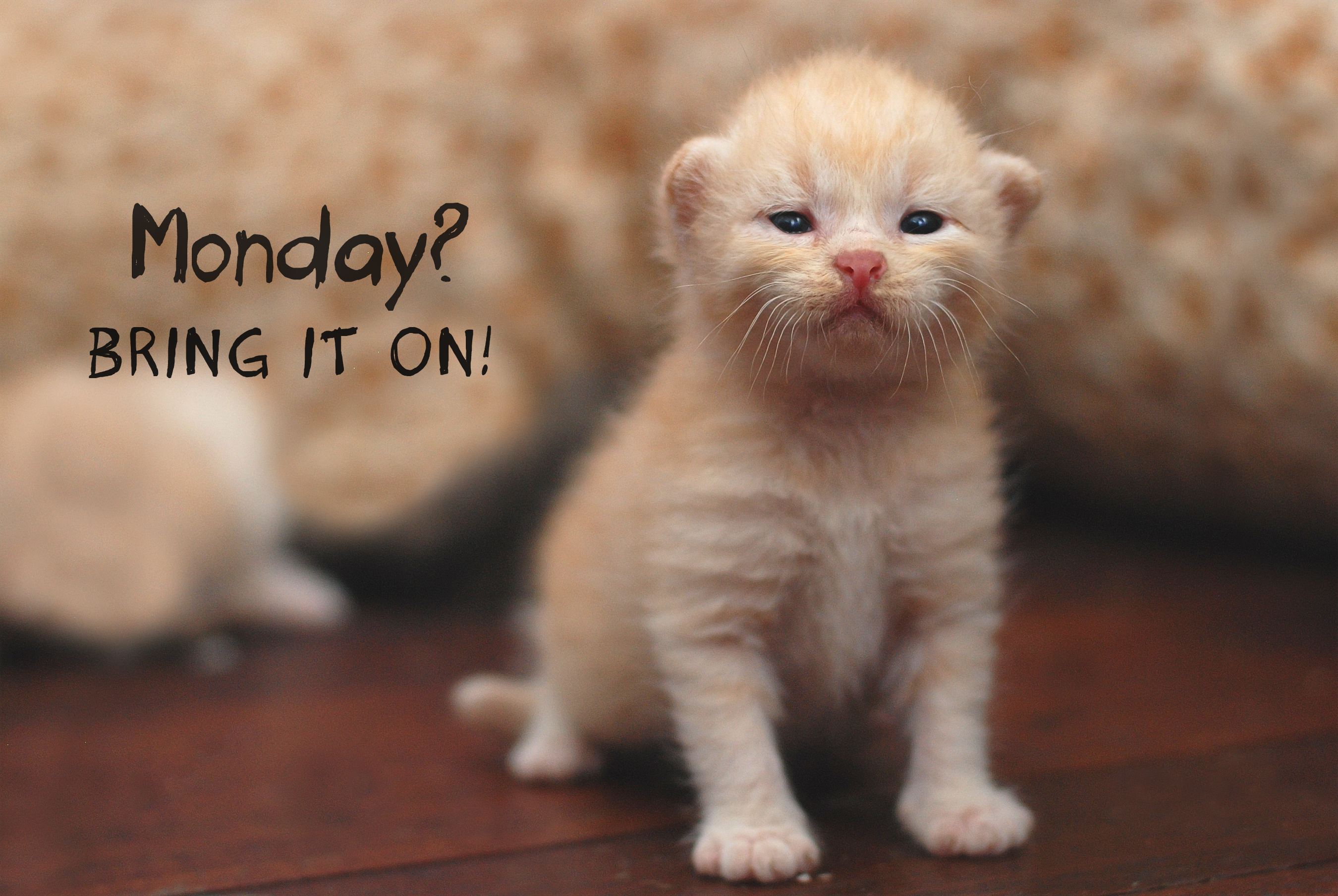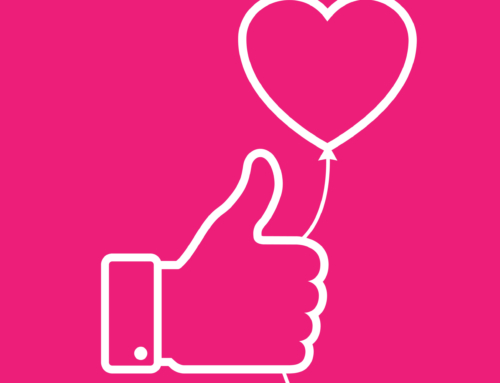When you’re reading an article online, it’s likely that you are encouraged to share it by using the easily recognizable, clickable social media icons at the top or bottom of the article. We’re used to sharing, retweeting, pinning, and emailing interesting content, images, video, and more. It’s a big part of our online social communication.
Some websites don’t have sharing icons. Original images almost never do. What does that mean for you? Is it okay for you to use them for your own website or Facebook page? Is “everybody does it” a good enough reason? What is truly okay to use or share online and what isn’t? Let’s look at the legal view.
Fair Use & Transformative Use
Fair use is a part of copyright law that allows some copyright-protected works to be used without permission. Some of the acceptable ways to use these works are: criticism, news reporting, teaching, and research. In 1994, the fair use guidelines were updated to include transformative use. You have likely encountered this in the form of music sampling, in which part of one song is used within another song. The designation of transformative use relies on the answers to two questions: Has the material that has been taken from the original work been transformed by adding new expression or meaning? Was value added to the original by creating new information, new aesthetics, new insights, and understandings? This is the law in general, not specific to social media.
Laws for social media aren’t nearly as fast to progress as the technology itself. There are plenty of gray areas.
You Own Your Content
Now that the brief copyright lesson is over, let’s apply this concept to your social media sharing. If you read the terms of use for Twitter, they state: You retain your rights to any content you submit, post, or display on or through the services. Other social media sites have similar statements. Posting an image does NOT give someone else a license to take the photo off Twitter and use it for commercial purposes. Your adorable cat photo cannot be taken by someone and added to the cat calendar they are selling. You own the copyright to your images, text, and video.

We paid Shutterstock for this adorable kitty meme.
The flip side is also true. You can’t take others’ content or photos and use it on products you plan to sell.
Sharing a Link
When you use the sharing link for an article or other media, it generates the code or link for you to use. Sometimes, this creates a thumbnail image in your social media post. That is absolutely fine. It has been created for sharing and leads to the full article on a web page run by the someone legally allowed to use the content.
Memes
Memes generally use images for satire or parody. As long as the person creating or sharing the meme isn’t making revenue, it is likely to be fine. It is not, however, impossible to be sued for it. Just don’t post it on your business website! Most celebrities or their representatives don’t actually care. (Except Socially Awkward Penguin. Getty Images actually sued people who used it in memes.) But if they do, you’ll get a letter to take it down or cough up money for a license to use. In the event that you want to use a viral meme for monetization, legally obtain the rights before you jump in.
To Share or Not to Share
Don’t panic. Go ahead and share things. It’s unlikely that anyone will complain about a meme or photo you’ve shared, as long as it isn’t used for monetization. Just remember that companies like Getty Images and Shutterstock charge for their photos, so using them without proper permissions may just get you a take down or pay up letter.
Speaking of sharing, share this post from Next! Ad Agency! We love social media!






